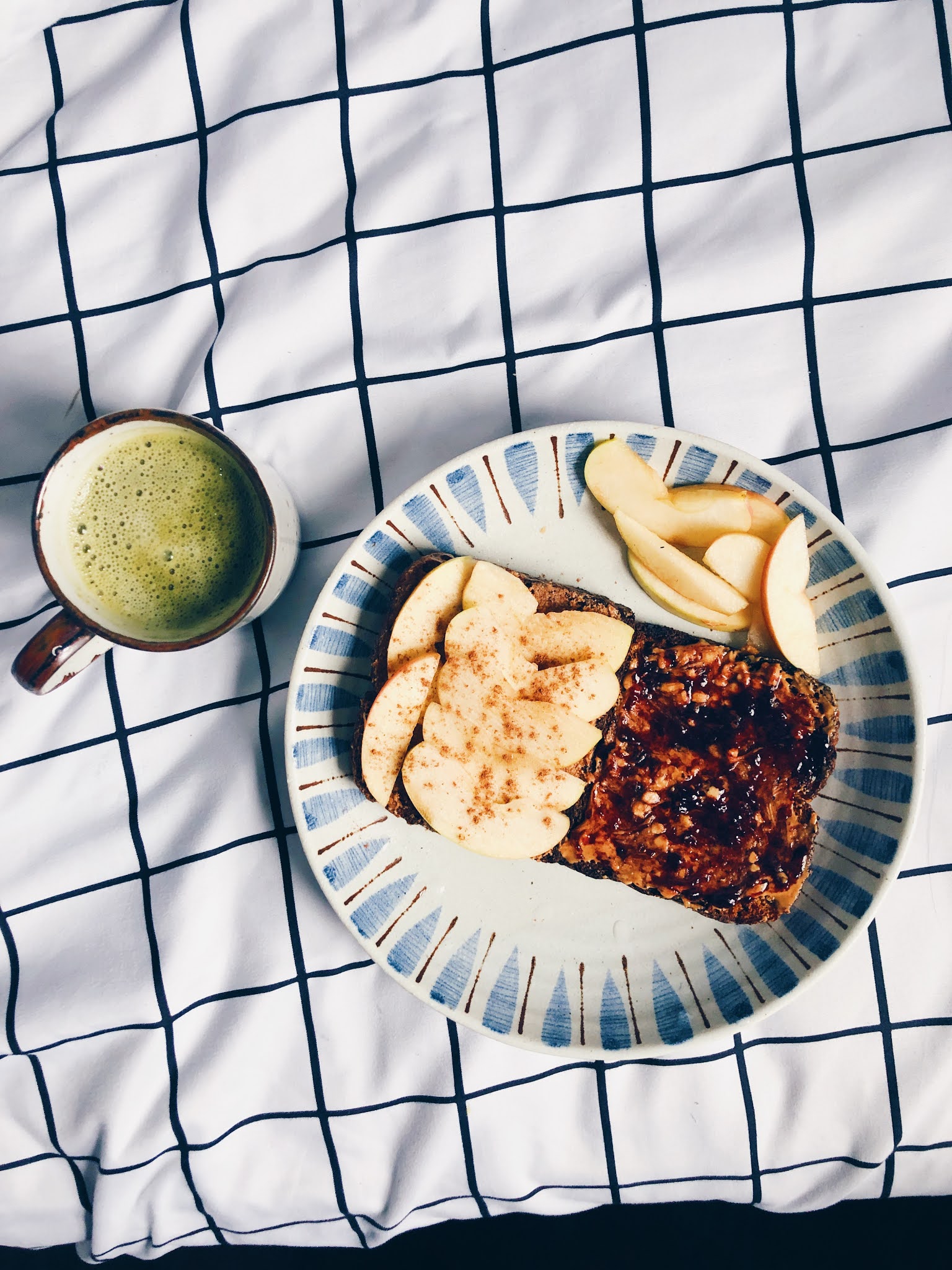Sourdough barley seeded spelt sandwich bread
Well, hello I am giving you the bread content you didn't know you needed.
Since I got my starter at the beginning of the quarantine, I have not purchased any bread at the store. Apparently, I am pretty good at making bread now to the point I can make up stuff and still make it work. This recipe is quite simple but it's not one of those ultra-easy no-knead bread kind of recipes. It ain't the kind of mix it all and leave it there kind of bread, ya know.
It is quite involved but I swear, it is quite straightforward. All you need is a clear baker schedule and off you go on the sourdough bread train.
This recipe is adapted from this recipe of oat porridge sourdough and this recipe of pumpkin millet bread.
I love the barley because the grain is bigger and chewier than millet. I have made it with millet and it works just as well. I think it is more a matter of preference and what you have available. I think quinoa, farro, sorghum, or even short-grain brown rice would work. Basically any whole grain you have in your pantry. Oats or buckwheat wouldn't work though because they are too "wet". We have quite a lot of moisture in the pumpkin already. Pushing the hydration too much would only hurt the bread.
Though I base this bread on the porridge loaf, I think because of the added cornmeal, the bread is sturdier and the crumb is tighter. I really like the flavor and texture of the cornmeal. Unfortunately, I don't think you can sub out the cornmeal for anything else. Maybe semolina?
This bread is fantastic for toast. I would recommend slicing it the day after you bake it. Letting the bread "cure" helps with the flavor as well as making it easier to slice. You will find the bread to have quite a hard crust when you first took it out of the oven. As it sits, the crust will soften. The pumpkin flavor is subtle. I just adore the color. Plus, I guess you sneaked some veg into your bread so it's a good thing?
This bread is fantastic as toast. I often slice it and then freeze it right away so I can have fresh toast any time I want. Hot tip: slightly toast it from frozen and dip it in a pumpkin "custard", just replace the egg with half pumpkin puree (1 egg=1/4 cup pumpkin puree) and half flax/chia egg (1 egg= 1 tbsp ground flax/chia + 3tbsp water), fry it on a non-stick pan with coconut oil or vegan butter. Voila, vegan pumpkin french toast. You are very welcome.
Ingredients
Levain:
15g active starter 100% hydration* (room temp)
45 g water (room temp)
45 g flour **
Bread dough:
330 g whole spelt flour ***
90 g fine grind yellow/white cornmeal (you can't sub this out, sorry)
90 g canned pumpkin puree (room temp). I have never tried homemade so substitute at your own risk.
295g water (room temp)
1.5 tsp fine sea salt
1/2 cup barley****+ 1 cup of water
Instructions + schedule
The night before 8pm (skip if you didn't have your starter in the fridge and it's already bubbly/active):
Refresh your starter
The next day:
8am: build your levain by mixing flour, water, and starter. Let it ferment for 6-8 hours or until double in size. Mine took 6 hours. My kitchen is about 70F (21C). If it is the summer, it might take less time
Cook your barley or alternative whole grains. Just like how you cook rice. The let it cool
1pm: mix the spelt flour, cornmeal, and 280g of water together and let it rest (autolyse)
2pm: mix in 90g of the levain. You can store the rest in a jar as sourdough discard so you can make discard flatbread, cookies, crackers,...etc. I find it mixes in easier when you wet your hands. Spread the levain out across the dough and then mix in by using a squeezing motion
2:30pm: dissolve the salt with the rest of the water (15g), it doesn't have to be all dissolve. Mix that in the dough. You don't need wet hands for this.
3pm: mix in the cooked barley/ alternative grains. Mix in by using a squeezing motion. You will find the dough to be quite loose and wet. You want this because the high hydration would yield a softer bread since the cornmeal already makes the bread sturdier. Don't worry, it will be quite challenging to shape but the sandwich help provide structure so imperfect shaping wouldn't matter too much.
3:30 pm: fold the dough from 4 sides into the center. See this video for the details. I find this method to be easier. Alternatively, coil fold. It is very important that you have wet hands so that the dough won't stick too much into your hands.
4pm: fold
4:30 pm: fold
5pm: fold
5:30pm: fold
6:30pm: fold
7:30pm: Shape the dough. See this video for the details. Place it in a sandwich loaf pan 9x5 or a straight side Pullman pan for a taller loaf (mine is 8.5 x 4.5 x 4) Put in the fridge overnight, until you are ready to bake the next morning
Alternatively, you can just do 3 folds pacing 1 hour apart from each other. Since spelt is a low gluten flour, I'd like to perform more folds to develop more gluten structure. The time here isn't a rigid schedule, it also depends on how cold or warm your kitchen is. But it wouldn't vary too much since this dough is forgiving and we are cold proofing it in the fridge anyway.
Baking day_ I bake at 11am but anytime earlier would also be fine.
Preheat the oven to 500F. Score the dough (optional). Put it in the oven then turn the heat down to 450F.
Bake for about 45-55 minutes straight out cold from the fridge. I would check at 30 minutes to see if the crust is too dark or not. If it is too dark, cover it with foil and let it finish baking that way. I often let it sit in the oven with the door slightly open to have a better crust and also in case the bread is underbaked.
Let it cool for at least 2 hours before slicing
Notes:
*Mine is a 100% rye starter but any starter (white, whole wheat, spelt, etc...) would work just fine
** I used all rye to feed the levain but again, any flour would work. I would recommend having some whole grain flours so that the wild yeast would have something to feed on but using all white or all bread would work.
*** I find that a sandwich loaf is more forgiving compared to a boule. Because the pan helps a lot with the shape of the bread. You don't have to worry too much about gluten strength or surface tension. So a low gluten flour like spelt works great here. I have also tried using all whole wheat, all whole einkorn, and a 50-50 mixture of bread flour/all-purpose and whole wheat. They all work. I wouldn't recommend all rye though because it is too strong in flavor. Maybe mixing half rye with half spelt, bread/all-purpose flour, or whole wheat would be better.
**** Any whole grain would work here. I have tried millet. I love the chewy bigger grain of barley. Farro, quinoa, sorghum, or even short grain brown rice would work, Buckwheat and oats wouldn't though because when cooked, instead of individual grains, they turn into porridge. That would push the hydration too much and make the dough impossible to work with.







Comments